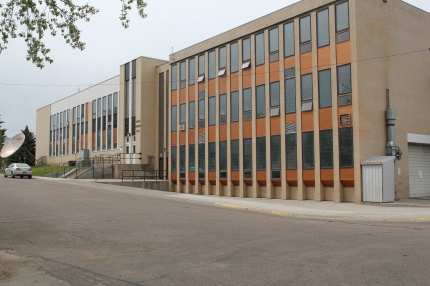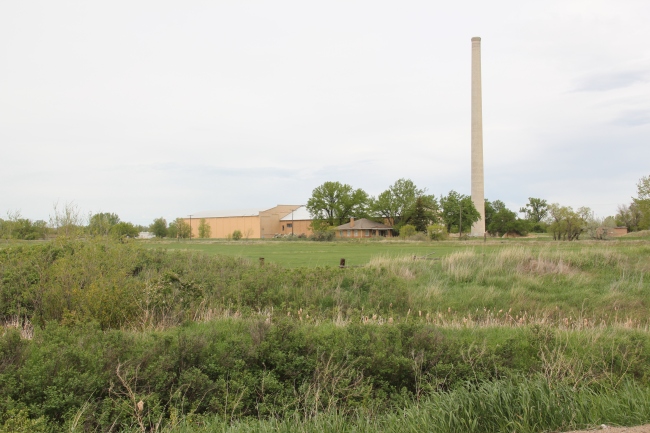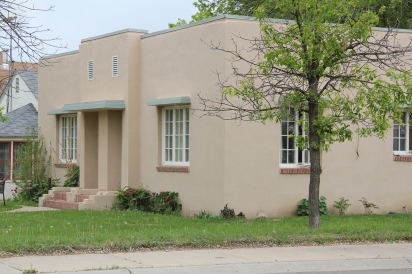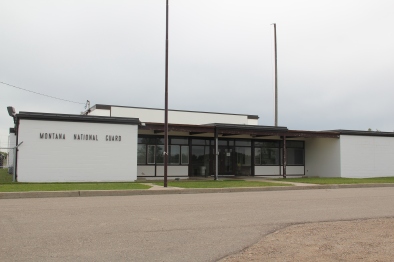The last post ended with a rather pastoral image of the Utah-Idaho sugar refinery in Chinook with promises to add a few comments on how the town changed after the refinery. Let’s begin with a dose of reality–the image of a stack looming over the prairie is compelling but misleading. The WPA Guide to Montana tells us that the factory began in 1925, was the state’s fourth largest by the late 1930s, and that the “shacks” of Mexican and Filipino workers crowded around the factory. Other sources record how at this same time
other communities down river complained of the foul discharge of the company directly into the Milk River. The lesson here: later day architectural photos can sometimes obscure rather reflect historical reality.
Within Chinook, there are many reminders of the prosperity brought by beet farming and the refinery. The town has an interesting array of 1920s and 1930s domestic architecture, from the revival craze to the modernism of the International style.
Business owners also took the new styles of the Jazz Age–like Art Deco–and added facades that gave a new look to their stores.
After the impact of New Deal modern design in the new Chinook High School in the 1930s, Chinook embraced post-World War II modernism, such as the expansion of the high school in the 1950s, a dazzling International style National Guard facility out near the 
sugar refinery, and a new International Harvester dealership, part of the architectural legacy of industrial designer Raymond Loewy.

The sugar refinery brought a new era to Blaine County and it gave Chinook a two-sided look: one, a railroad town along U.S. 2, and two, a modern plains town that emerged agriculture and industry in the mid-20th century.





